Best Practices Articles

Partner Marketing as a Catalyst for Digital Transformation
Digital transformation has redefined the competitive landscape for enterprise software companies. Partner marketing has emerged as a strategic lever in accelerating transformation as organizations embrace cloud infrastructure, data-driven strategies, and customer-centric models. No longer limited to static campaign execution, partner marketing now drives end-to-end engagement across awareness, acquisition, and adoption. In today’s fragmented digital economy, partner marketing unifies brand presence, enables co-innovation, and orchestrates go-to-market strategies with speed and scale.
This shift requires organizations to reevaluate how they activate and engage their partner networks. Traditional approaches centered on one-size-fits-all campaigns and manual co-marketing programs can no longer meet the demands of scale, personalization, and agility. Instead, leading enterprises deploy advanced partner marketing strategies rooted in automation, data intelligence, and collaborative planning. These strategies empower partners to drive demand, enhance buyer journeys, and amplify enterprise value. As buying cycles grow more complex and customer journeys span multiple digital touchpoints, partner marketing must align messaging, tools, and measurement across diverse channels and partner types.
🎥 Watch the Full Video Podcast
Section 1: Defining Partner Marketing for the Digital Era
Partner marketing extends beyond distributing campaigns or managing MDFs. It encompasses various collaborative activities between vendors and partners to influence demand, build brand credibility, and accelerate customer acquisition. In a digital context, it must integrate deeply with content delivery, lead generation, and sales enablement workflows. The three foundational types of partner marketing include "to-partner," "through-partner," and "with-partner" marketing.
To-partner marketing involves informing and enabling partners. It includes communication strategies, newsletters, training, and partner portals. Through-partner marketing equips partners with tools and campaigns to reach customers independently. It includes syndicated content, digital campaign kits, and marketing automation platforms. With-partner marketing focuses on joint initiatives between vendor and partner, such as co-branded events, solution launches, and joint digital experiences.
These models require alignment with business outcomes. Organizations must integrate partner marketing into demand generation targets, sales velocity goals, and pipeline conversion metrics. Measuring success demands shared KPIs and transparent attribution models. A siloed or reactive approach leads to disjointed experiences and inefficiencies. Companies that embed partner marketing into strategic planning processes can anticipate market shifts, respond with agility, and improve partner satisfaction.
Effective partner marketing also helps differentiate in saturated markets. When multiple vendors offer similar technical capabilities, the partner's ability to articulate unique business outcomes becomes the deciding factor. By equipping partners with customer-centric narratives, organizations increase their competitive edge.
Section 2: Automation and Scalability in Partner Marketing
The complexity of partner ecosystems makes scalability essential. Enterprises often manage thousands of partners with varying capabilities and resources. Manual campaign execution fails to deliver consistent performance or personalized experiences. Marketing automation addresses this challenge by enabling centralized content syndication, automated lead routing, and customized email flows tailored to partner segments.
Platforms that support through-partner marketing automation (TPMA) provide partners with self-service access to ready-to-use digital assets. These include landing pages, email templates, social media posts, and webinar materials. Automation ensures campaign consistency while allowing partners to localize and customize based on market needs. It also enables real-time performance tracking, allowing marketing teams to monitor campaign health and intervene proactively.
Beyond execution, automation facilitates partner segmentation and journey mapping. Companies can cluster partners based on maturity, engagement level, and campaign responsiveness by applying AI and machine learning. This enables targeted support and intelligent content recommendations. It also helps scale resource allocation without compromising quality. Automation democratizes marketing capabilities across the partner base, ensuring that even smaller partners can drive measurable demand.
Scalability through automation also enhances campaign velocity. Vendors can simultaneously launch multiple partner campaigns across markets, test messaging variations, and iterate quickly based on data. This agility strengthens competitive positioning and enables rapid response to shifting market demands.

Section 3: AI-Driven Content Personalization and Co-Innovation
Artificial intelligence enhances partner marketing by unlocking personalized content at scale. AI tools analyze customer behavior, market trends, and campaign performance to generate targeted messaging. Vendors can use AI to customize campaign assets for specific industries, roles, or buyers. This reduces time to market and improves relevance.
For example, using AI-powered content generators, a retail-focused partner can instantly adapt a generic supply chain campaign to reflect industry-specific pain points. These tools also enable multi-language support, ensuring consistent messaging across global markets. By automating personalization, AI bridges the gap between vendor messaging and partner-specific value propositions.
AI also fuels co-innovation in campaign design. Vendors can identify top-performing combinations of assets, channels, and timing by analyzing campaign success across partners and verticals. These insights inform new co-branded initiatives, increasing marketing ROI. AI-generated insights also strengthen feedback loops, continuously enabling vendors and partners to iterate on strategy. Rather than relying on anecdotal input, teams make decisions based on comprehensive data patterns.
Additionally, AI capabilities extend to dynamic ad placement, predictive engagement scoring, and voice-of-customer analysis. These features optimize when and where messages appear, improving engagement and conversion rates. AI further enhances sales enablement by suggesting next-best actions and providing real-time customer insights to partner sellers.
Section 4: Aligning with the Modern Buyer Journey
The modern B2B buyer engages with content long before reaching out to sales. Buying decisions involve distributed committees and prolonged evaluation cycles. Partner marketing must adapt to these realities by delivering value across the buyer journey. This includes thought leadership during the awareness phase, solution guides during consideration and implementation support during decision and adoption.
Partner-driven content must reflect the priorities of diverse stakeholders. Financial decision-makers prioritize ROI and compliance. Technical buyers look for product fit and integration capabilities. End users seek usability and outcomes. Effective partner marketing enables partners to deliver tailored content to each persona, mapped to specific journey stages.
Multi-touch orchestration plays a crucial role. Vendors and partners must coordinate content delivery across owned, earned, and shared channels. This may involve joint webinars, co-branded eBooks, and synchronized social media campaigns. Tools that provide visibility into buyer behavior help partners adapt content based on engagement signals. Marketing and sales alignment also becomes critical. When vendors and partners share insights and feedback, they create seamless experiences that confidently guide buyers.
Personalization also drives trust and credibility. Buyers gravitate toward brands that understand their unique needs. Partner marketing enables hyper-local and industry-specific customization. Localized content, industry-relevant case studies, and partner-branded portals enhance credibility and accelerate decision-making.

Section 5: Measurement, Attribution, and Continuous Improvement
Successful partner marketing programs depend on measurable impact. Companies must move beyond vanity metrics and establish KPIs tied to business outcomes. These include qualified leads generated, pipeline contribution, deal velocity, and customer lifetime value. Attribution modeling helps identify which activities and partners influence outcomes, allowing for optimization and budget reallocation.
Integrated reporting dashboards provide real-time visibility into partner performance. They also help identify gaps in engagement, content utilization, or buyer conversion. Companies that analyze these patterns can proactively refine strategies, improve partner enablement, and strengthen campaign assets.
Continuous improvement requires feedback loops and experimentation. Organizations should foster a culture of testing and learning. A/B testing of messaging, content formats, and channels enables data-driven decision-making. Joint planning sessions and post-campaign reviews with partners uncover qualitative insights that augment quantitative analysis. By iterating continuously, companies create agile, resilient partner marketing programs that thrive amid market change.
Analytics also contribute to partner scoring and development. Companies can rank partners based on campaign performance, engagement quality, and conversion rates. These insights support strategic partner planning, co-investment decisions, and ecosystem expansion. Data-driven prioritization ensures resources focus on high-impact partnerships.
Conclusion
Partner marketing has become a foundational driver of digital transformation. It empowers vendors and partners to co-create value, expand reach, and accelerate revenue. Organizations must embrace automation, AI, and journey-based strategies to harness their full potential. They must establish shared goals, transparent metrics, and collaborative planning structures.
Partner marketing will play a critical role in unifying ecosystems and delivering scalable growth as the digital landscape evolves. Enterprises that invest in intelligent, data-driven partner marketing will strengthen partner relationships, enhance customer experiences, and secure long-term competitive advantage. The future of digital business belongs to those who treat partner marketing not as a tactical channel but as a core pillar of enterprise strategy. By doing so, they build adaptable, resilient ecosystems primed for growth in any market condition.
Best Practices Guidebook
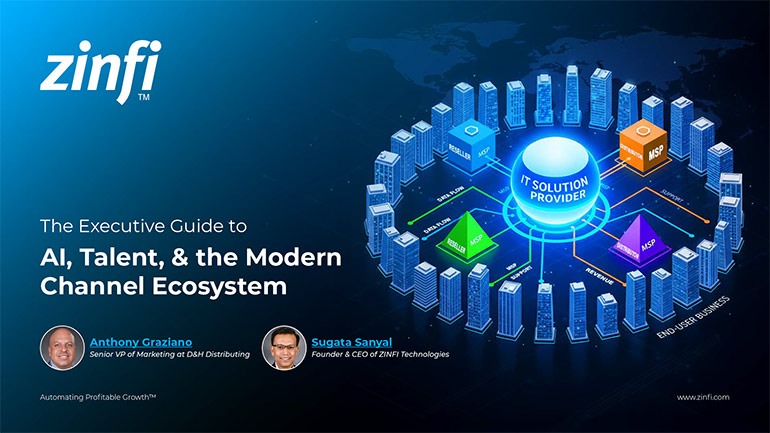 Modernizing Channel Marketing: AI and Ecosystem Enablement Best Practices
Modernizing Channel Marketing: AI and Ecosystem Enablement Best PracticesDownload for FREE
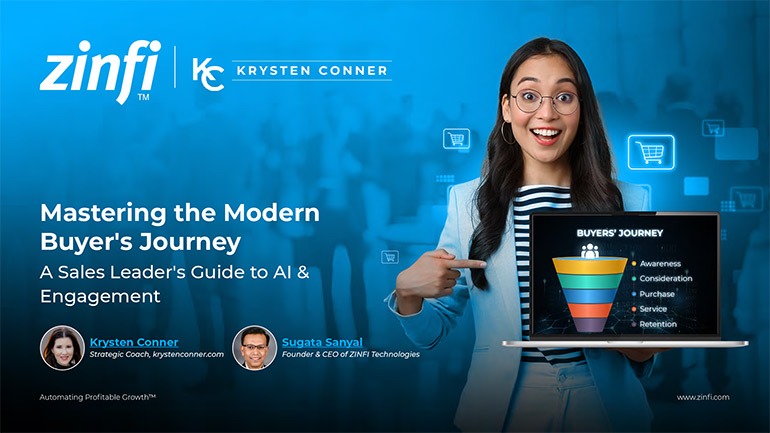 The Channel’s Shift to Partner-Led With AI Best Practices
The Channel’s Shift to Partner-Led With AI Best PracticesDownload for FREE
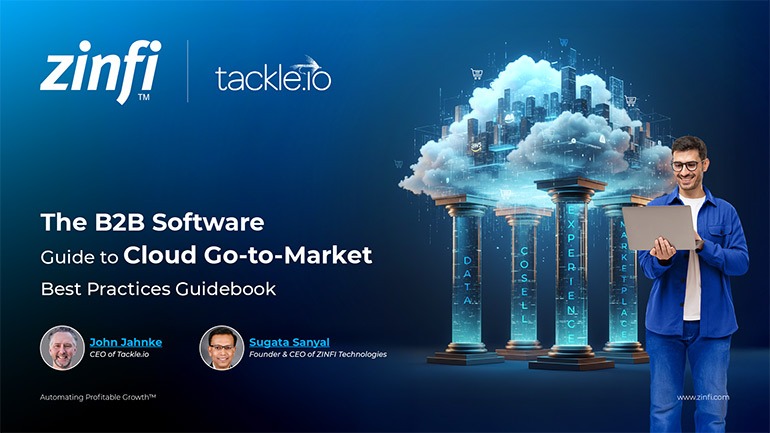 Hyperscalers, ISVs, and AI: Shaping the Future of B2B Software Distribution
Hyperscalers, ISVs, and AI: Shaping the Future of B2B Software DistributionDownload for FREE
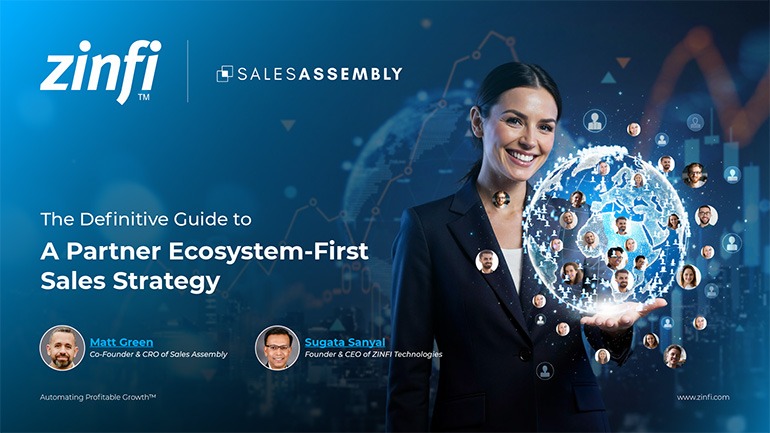 Definitive Guide to a Partner Ecosystem-First Sales Strategy
Definitive Guide to a Partner Ecosystem-First Sales StrategyDownload for FREE
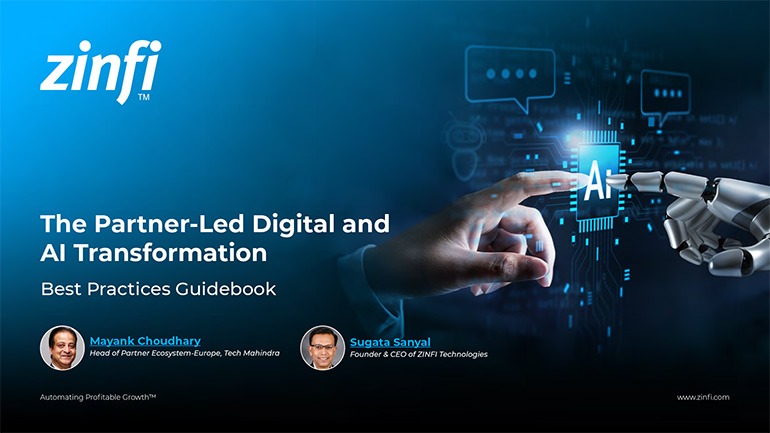 The Partner-Led Digital and AI Transformation Best Practices
The Partner-Led Digital and AI Transformation Best PracticesDownload for FREE
 Startup Talent Recruitment: Hiring Missionaries, Not Mercenaries
Startup Talent Recruitment: Hiring Missionaries, Not MercenariesDownload for FREE
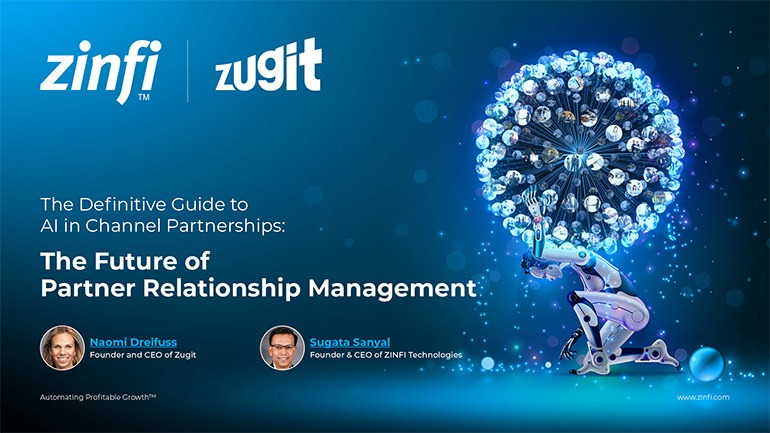 The Future of Partner Relationship Management with AI in Partnerships
The Future of Partner Relationship Management with AI in PartnershipsDownload for FREE
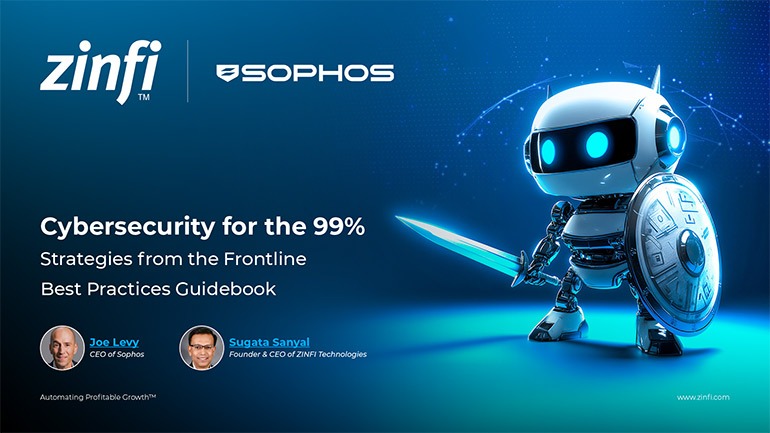 Cybersecurity for the 99%: Strategies from the Frontline
Cybersecurity for the 99%: Strategies from the FrontlineDownload for FREE
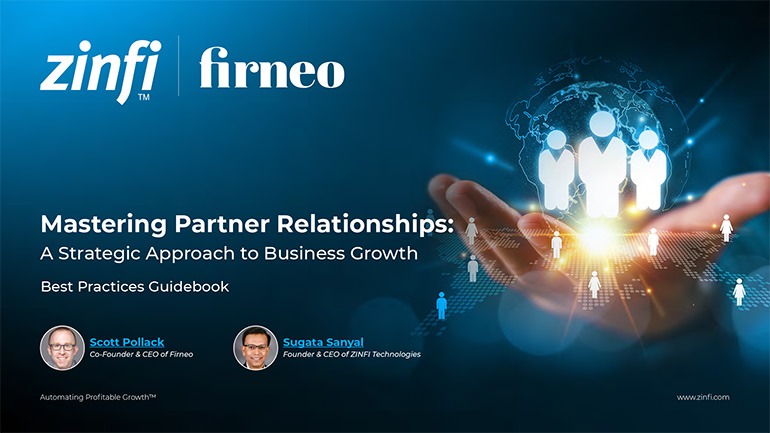 Mastering Partner Relationships: A Strategic Approach to Business Growth
Mastering Partner Relationships: A Strategic Approach to Business GrowthDownload for FREE
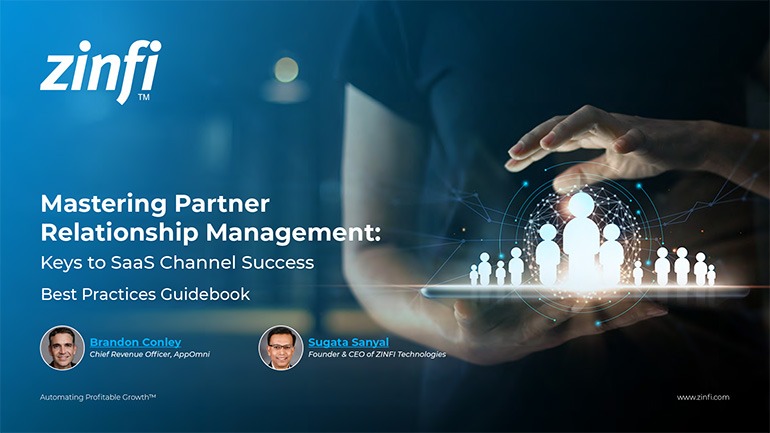 Mastering Partner Relationship Management: Keys to SaaS Channel Success
Mastering Partner Relationship Management: Keys to SaaS Channel SuccessDownload for FREE
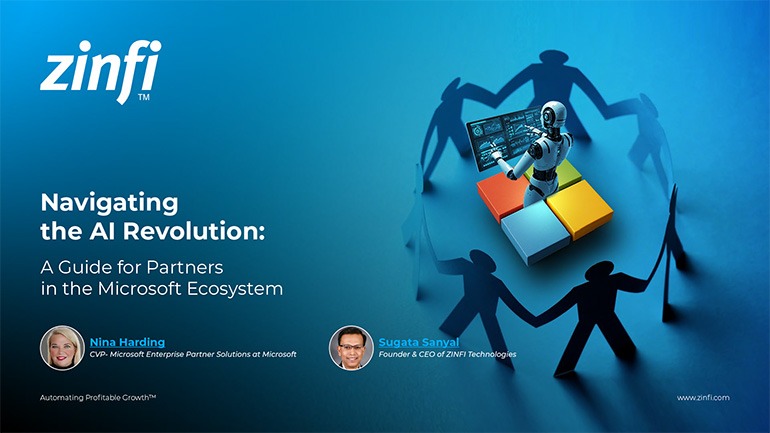 Navigating the AI Revolution: Guide for Partners in the Microsoft Ecosystem
Navigating the AI Revolution: Guide for Partners in the Microsoft EcosystemDownload for FREE
 Mastering the Modern Buyers Journey: Sales Leader’s Guide to AI & Engagement
Mastering the Modern Buyers Journey: Sales Leader’s Guide to AI & EngagementDownload for FREE










